Teachers: Technology Encourages Student Creativity, Makes Teaching Writing Easier
A new survey of teachers from the Pew Research Center's Internet & American Life Project found that most teachers involved in the survey consider technology beneficial to writing in several ways, including creativity and personal expression (78 percent), collaboration (79 percent), and the ability to share their work with a wider audience (96 percent).
However, the news wasn't all positive. Among those surveyed, 68 percent said technology makes make students more likely "to take shortcuts and not put effort into their writing."
"These results challenge in many ways the notion that students' writing skills are being undermined by their increasing engagement with digital tools and platforms," notes Kristen Purcell, associate director for research at Pew Internet, in a statement released to coincide with the report. "Teachers do have concerns that digital tools are blurring the lines between formal and informal writing and see writing skills that need improvement, but they also see the benefit of students having more people respond to their writing and the increased opportunities for expression these digital tools offer."
The report, "The Impact of Digital Tools on Student Writing and How Writing is Taught in Schools," was not a representative sample of teachers in general in the United States. Instead it focused on two teacher groups: those who teach Advanced Placement courses and those who have participated in the National Writing Project's Summer Institute. The survey involved 2,462 AP and NWP teachers in high school and middle school. Language arts teachers made up 36 percent of the sample, the rest math, history, science, foreign language, art, and music teachers.
Interestingly, half of all teachers surveyed indicated that technology helps make writing easier for the teacher. But among those who specifically teach English and language arts, that figure jumped to 68 percent.
"Teachers, writing teachers especially, do not view good writing and the use of digital tools as being at war with each other," said Judy Buchanan, deputy director of the National Writing Project and a co-author of the report. "When educators have opportunities to integrate new technologies into teaching and learning, they are the most optimistic about the impact of digital tools on student writing and their value in teaching the art of writing. They gave countless examples of the creative ways they use emerging digital tools to impart writing skills to today's students."
Other findings from the report included:
According to the report: "Their reasons are varied, but many teachers noted that because students are required to write by hand on standardized tests, it is a critical skill for them to have. This is particularly true for AP teachers, who must prepare students to take AP exams with pencil and paper. Other teachers say they feel students do more active thinking, synthesizing, and editing when writing by hand, and writing by hand discourages any temptation to copy and paste others' work."
Additional details, including a copy of the complete report, methodology, and focus group results, are available on the Pew Internet & American Life Project's site.
About the Author
David Nagel is the executive producer for 1105 Media's online K-12 and higher education publications and electronic newsletters. He can be reached at [email protected]. He can now be followed on Twitter at http://twitter.com/THEJournalDave (K-12) or http://twitter.com/CampusTechDave (higher education). You can also connect with him on LinkedIn at http://www.linkedin.com/profile/view?id=10390192.
Read more at http://thejournal.com/articles/2013/07/16/teachers-technology-encourages-student-creativity-makes-teaching-writing-easier.aspx#Qo8kDE9vEbrbEJHt.99
- By David Nagel
- 07/16/13
A new survey of teachers from the Pew Research Center's Internet & American Life Project found that most teachers involved in the survey consider technology beneficial to writing in several ways, including creativity and personal expression (78 percent), collaboration (79 percent), and the ability to share their work with a wider audience (96 percent).
However, the news wasn't all positive. Among those surveyed, 68 percent said technology makes make students more likely "to take shortcuts and not put effort into their writing."
"These results challenge in many ways the notion that students' writing skills are being undermined by their increasing engagement with digital tools and platforms," notes Kristen Purcell, associate director for research at Pew Internet, in a statement released to coincide with the report. "Teachers do have concerns that digital tools are blurring the lines between formal and informal writing and see writing skills that need improvement, but they also see the benefit of students having more people respond to their writing and the increased opportunities for expression these digital tools offer."
The report, "The Impact of Digital Tools on Student Writing and How Writing is Taught in Schools," was not a representative sample of teachers in general in the United States. Instead it focused on two teacher groups: those who teach Advanced Placement courses and those who have participated in the National Writing Project's Summer Institute. The survey involved 2,462 AP and NWP teachers in high school and middle school. Language arts teachers made up 36 percent of the sample, the rest math, history, science, foreign language, art, and music teachers.
Interestingly, half of all teachers surveyed indicated that technology helps make writing easier for the teacher. But among those who specifically teach English and language arts, that figure jumped to 68 percent.
"Teachers, writing teachers especially, do not view good writing and the use of digital tools as being at war with each other," said Judy Buchanan, deputy director of the National Writing Project and a co-author of the report. "When educators have opportunities to integrate new technologies into teaching and learning, they are the most optimistic about the impact of digital tools on student writing and their value in teaching the art of writing. They gave countless examples of the creative ways they use emerging digital tools to impart writing skills to today's students."
Other findings from the report included:
- A sizable minority (46 percent) said digital tools increase the likelihood of students writing too quickly and carelessly;
- 38 percent of teachers said digital tools make students less likely to use poor spelling and grammar, while 40 percent said just the opposite;
- 88 percent of teachers discuss proper citation and plagiarism with their students, and 75 percent discuss fair use and copyright with their students;
- A majority (52 percent) of AP and NWP teachers who participated in the survey said interactive whiteboards are used in their classes;
- 40 percent said their students share their work on blogs, wikis, or other types of sites;
- 36 percent said their students edit their own work using online collaboration tools (like Google Docs);
- 29 percent said their students edit each other's work using online collaboration tools;
- 78 percent indicated they have had their students create multimedia assignments in the previous academic year.
According to the report: "Their reasons are varied, but many teachers noted that because students are required to write by hand on standardized tests, it is a critical skill for them to have. This is particularly true for AP teachers, who must prepare students to take AP exams with pencil and paper. Other teachers say they feel students do more active thinking, synthesizing, and editing when writing by hand, and writing by hand discourages any temptation to copy and paste others' work."
Additional details, including a copy of the complete report, methodology, and focus group results, are available on the Pew Internet & American Life Project's site.
About the Author
David Nagel is the executive producer for 1105 Media's online K-12 and higher education publications and electronic newsletters. He can be reached at [email protected]. He can now be followed on Twitter at http://twitter.com/THEJournalDave (K-12) or http://twitter.com/CampusTechDave (higher education). You can also connect with him on LinkedIn at http://www.linkedin.com/profile/view?id=10390192.
Read more at http://thejournal.com/articles/2013/07/16/teachers-technology-encourages-student-creativity-makes-teaching-writing-easier.aspx#Qo8kDE9vEbrbEJHt.99
I found this article and read it and found it helpful in thinking of ways teachers can attract their students attention and them easier ways to learn at the same time.
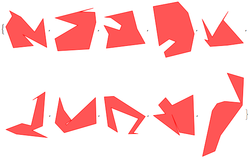


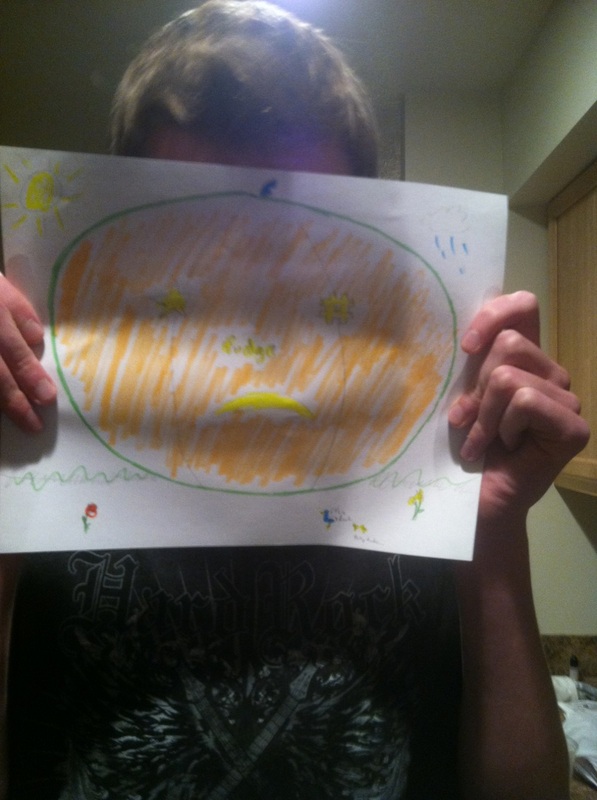
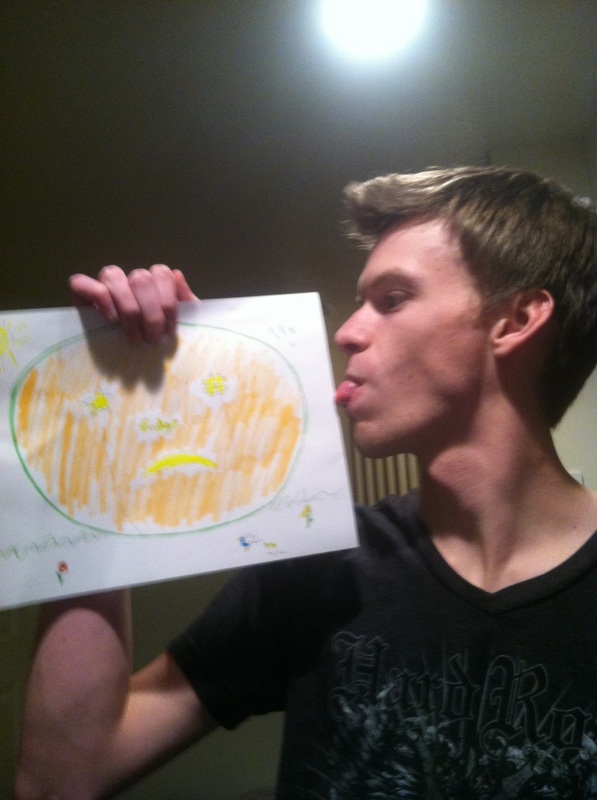


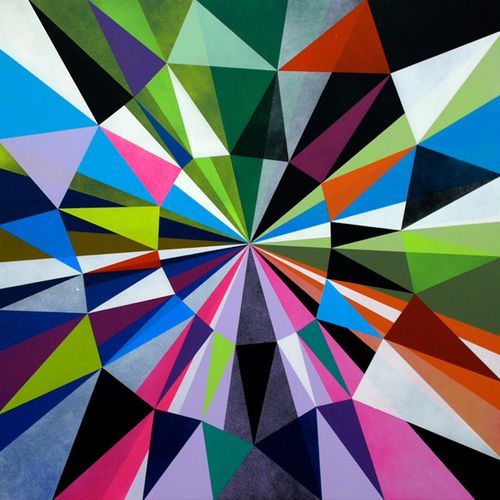
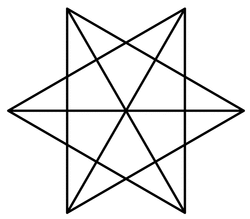
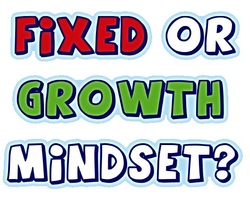
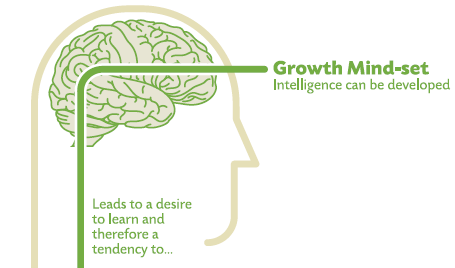
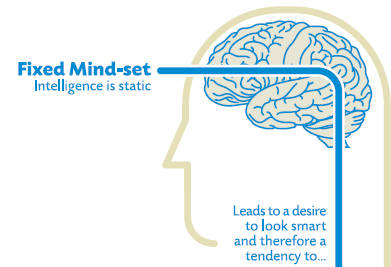

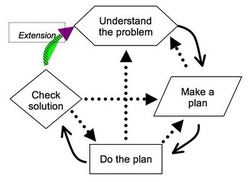





 RSS Feed
RSS Feed